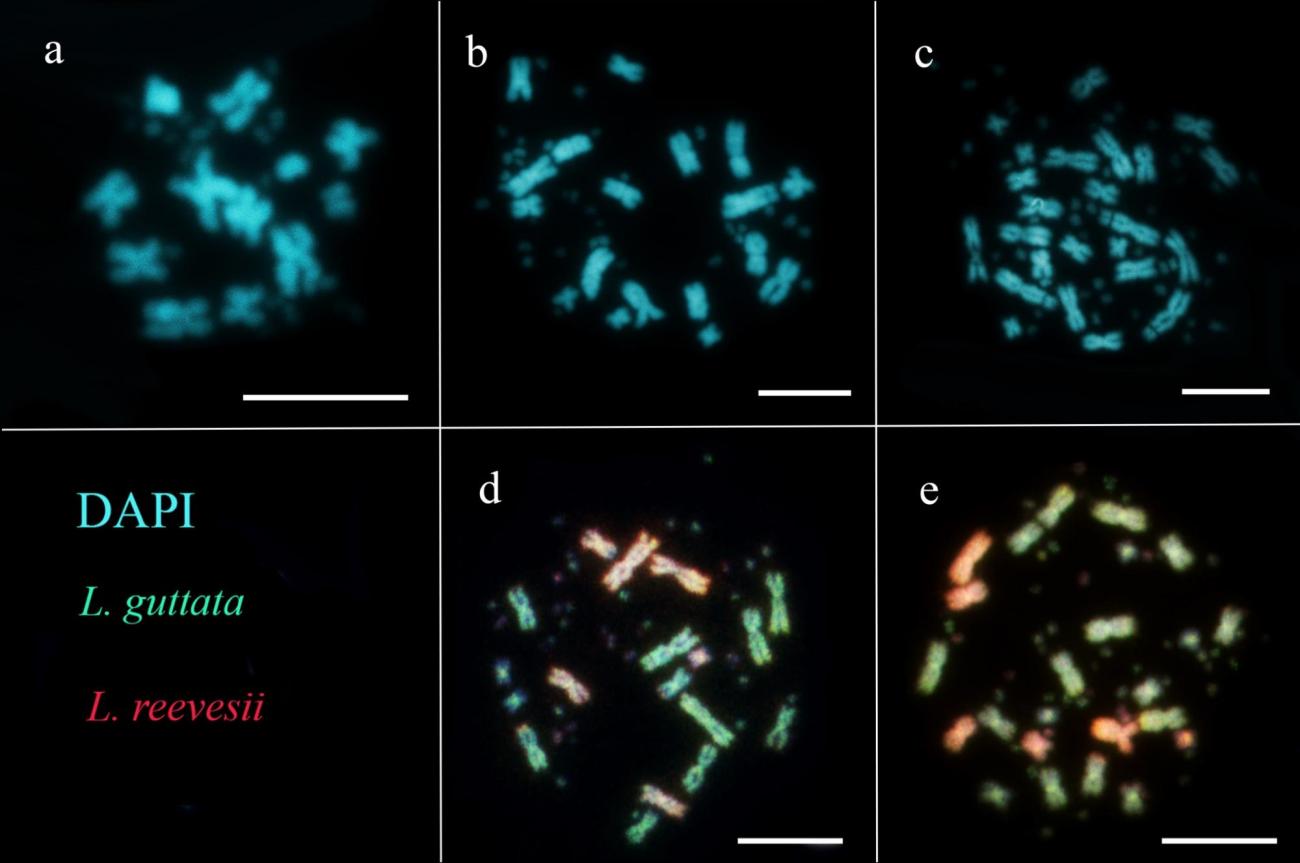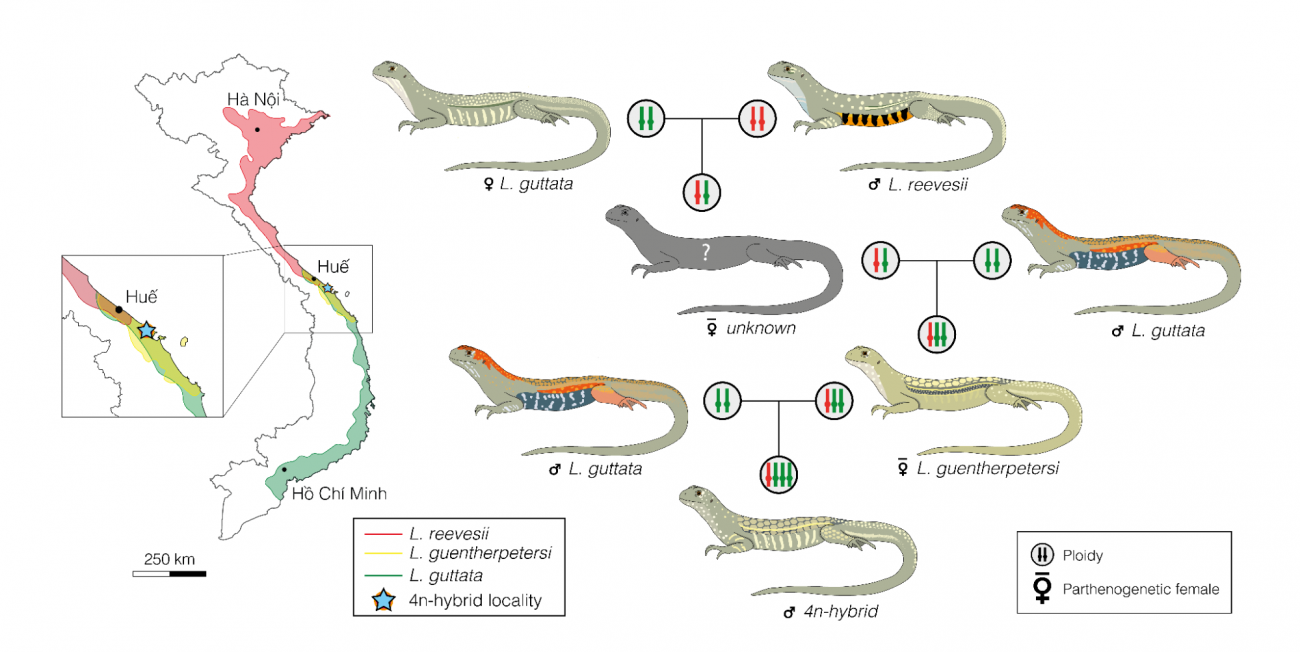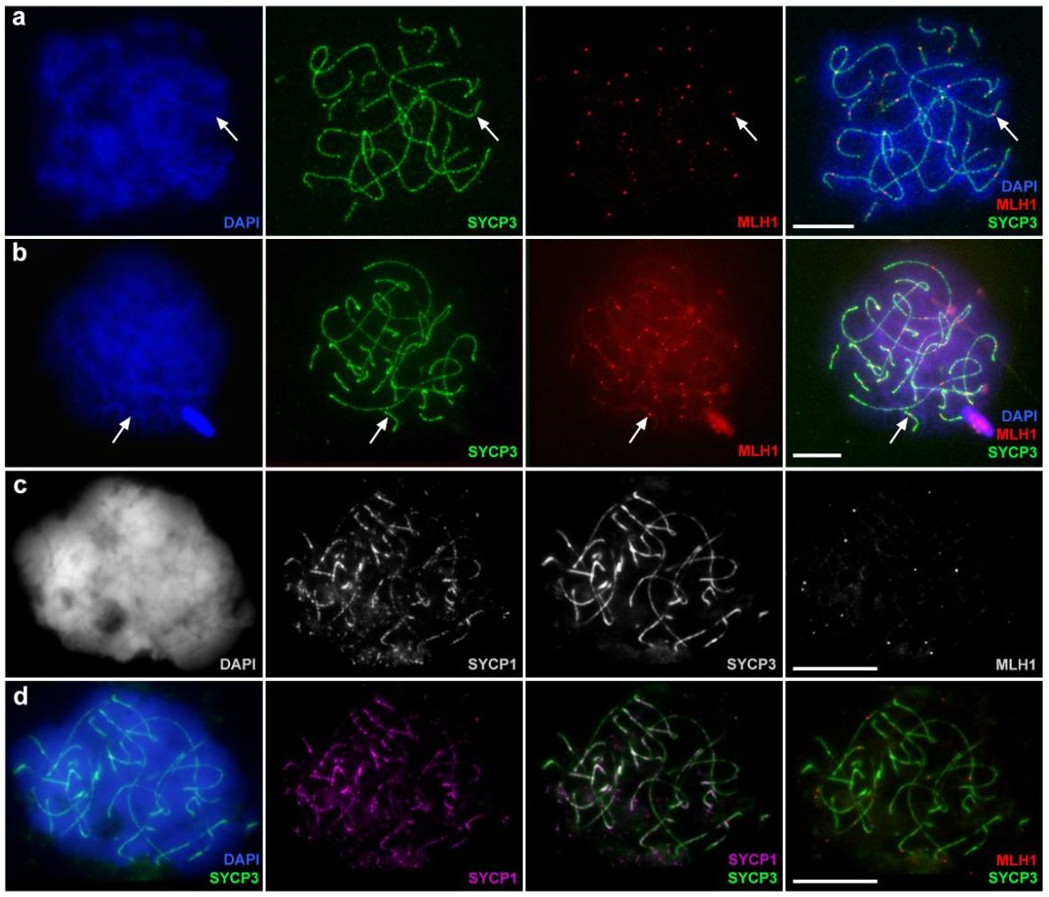
Among the many animal species, only a few have abandoned males and switched to unisexual reproduction. The main advantage of the sexual process is to ensure diversity of offspring, and the refusal to recombine the genomes of different individuals in unisexual species significantly reduces the genetic and morphological diversity of individuals and provokes the accumulation of harmful mutations, which is why such phylogenetic lines gradually die out. Although most researchers believe that this is a dead-end path of evolution, leading only to short-term success, some scientists are looking for traces of gene flow between unisexual and bisexual species.
Clonal lines that reproduce without males have arisen many times in both vertebrates and invertebrates. Fish and some amphibians have evolved a form of reproduction in which the eggs of unisexual species develop after stimulation by a sperm of a closely related species. This type of reproduction, in which females of the clonal form parasitize males of a bisexual species, is called gynogenesis. Reptiles are unique in that about forty species out of more than 12,000 do not require males at all and can exist independently of their closest bisexual relatives. As a rule, such unisexual species are formed as a result of hybridization. This phenomenon was first discovered by I.S. Darevsky on rock lizards (Lacertidae) of the Caucasus, and later discovered in whip-tailed lizards (Cnemidophorus), butterfly agamas (Leiolepis), some geckos (Hemidactylus, Lepidodactylus, Heteronotia) and some other genera from South America, Asia and Australia.
In 2022, employees of the A.N. Severtsov Institute of Ecology and Evolution of the Russian Academy of Sciences (IEE RAS) began a project in which they turned their attention to butterfly agamas living in Southeast Asia. The task was to study the diversity of unisexual phylogenetic lineages and determine their relationships with closely related bisexual species. To do this, IEE RAS employees organized an expedition to central Vietnam, where one such unisexual species lives - Leiolepis guentherpetersi, which has a small range located in the vicinity of Da Nang and the ancient capital of Hue. To the north of the range of L. guentherpetersi, there is its paternal species L. reevesii, and to the south - the maternal species L. guttata. The fact that L. guttata became the mother for L. guentherpetersi was shown by colleagues earlier based on the analysis of mitochondrial DNA and was confirmed in this study.

As a result of the analysis of dividing nuclei of the parthenogenetic species L. guentherpetersi and closely related bisexual species, the scientists determined their chromosome set (Fig. 2) and confirmed that L. guentherpetersi is a triploid species that arose as a result of repeated hybridization of a diploid parthenogenetic with one of the parents. However, which one exactly remained a mystery, which was solved by Czech colleagues from Charles University in Prague. Using the comparative genomic hybridization method, they identified the distribution of species-specific DNA of the parental individuals on the chromosomes of the triploid parthenogenetic. It turned out that L. guentherpetersi arose as a result of back hybridization with a male L. guttata, and not L. reevesii, as our colleagues from the USA had previously believed.
In the spring of 2023, on a sandy beach near Da Nang, where expedition members caught several individuals of the same-sex species, they discovered a strange male, reminiscent in its coloration of both the females of the same-sex species and the male L. guttata (Fig. 1). It should be noted that males in parthenogenetic lizards sometimes appear spontaneously, so it could not be ruled out that this was one of such rare representatives of the male line. However, when testing this hypothesis, it turned out that the discovered individual had four sets of chromosomes (Fig. 2c). Genetic analysis confirmed that the caught male originated from hybridization between the parthenogenetic species L. guentherpetersi and one of the parent species. To find out which male took part in the appearance of this unique individual, an analysis of the chromosome composition was carried out. As a result, it was found that the hybrid has three genomes from the L. guttata species and one from L. reevesii (Fig. 2e). Thus, it was possible to reconstruct the history of its origin: a male L. guttata crossed with a female of a parthenogenetic species, resulting in the appearance of a tetraploid individual (Fig. 3).

In their study, the IEE RAS staff described for the first time the presence of a tetraploid individual in the genus of butterfly agamas, which is extremely important in itself. However, the main question is whether this male is capable of participating in reproduction. Its testes were extremely poorly developed, and there were no mature spermatozoa at all, but spermatocytes were detected. Only 18 spermatocytes were analyzed using the immunocytochemistry method. Some of the cells contained a complete set of protein skeletons formed between homologous chromosomes - synaptonemal complexes (SC) (Fig. 4). Despite the normal course of meiosis at first glance, the tetraploid bivalents had a reduced number of MLH1 foci, a DNA mismatch reparation protein whose function is to correct DNA pairing errors, i.e., to eliminate unpaired nucleotides. The absence of MLH1 signals in bivalents may lead to disrupted chromosome segregation and a block in the development of such cells.

It is very likely that a male that combines three genomes from one species and one genome from another species is sterile, since it is unable to produce mature gametes due to genomic incompatibility. If this is indeed the case, then hybridization between triploid parthenogenetic lines and males of bisexual species probably does not lead to the emergence of fertile species, as suggested by B.L. Astaurov and I.S. Darevsky. However, to confirm this for sure, it is necessary to analyze the fertility of hybrids on a larger sample.
Reference to the publication: Galoyan, E., Nazarov, R., Altmanová, M. et al. Natural repeated backcrosses lead to triploidy and tetraploidy in parthenogenetic butterfly lizards (Leiolepis: Agamidae). Sci Rep 15, 3094 (2025).
